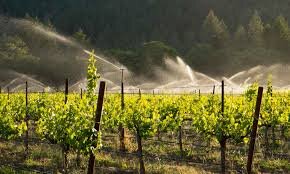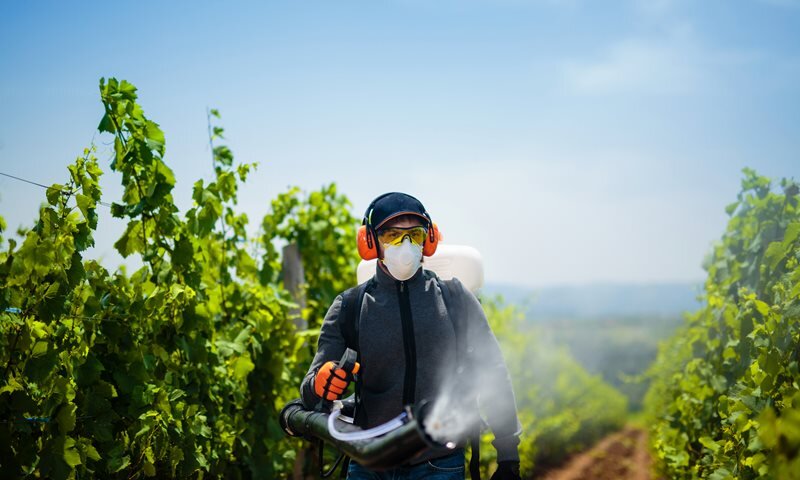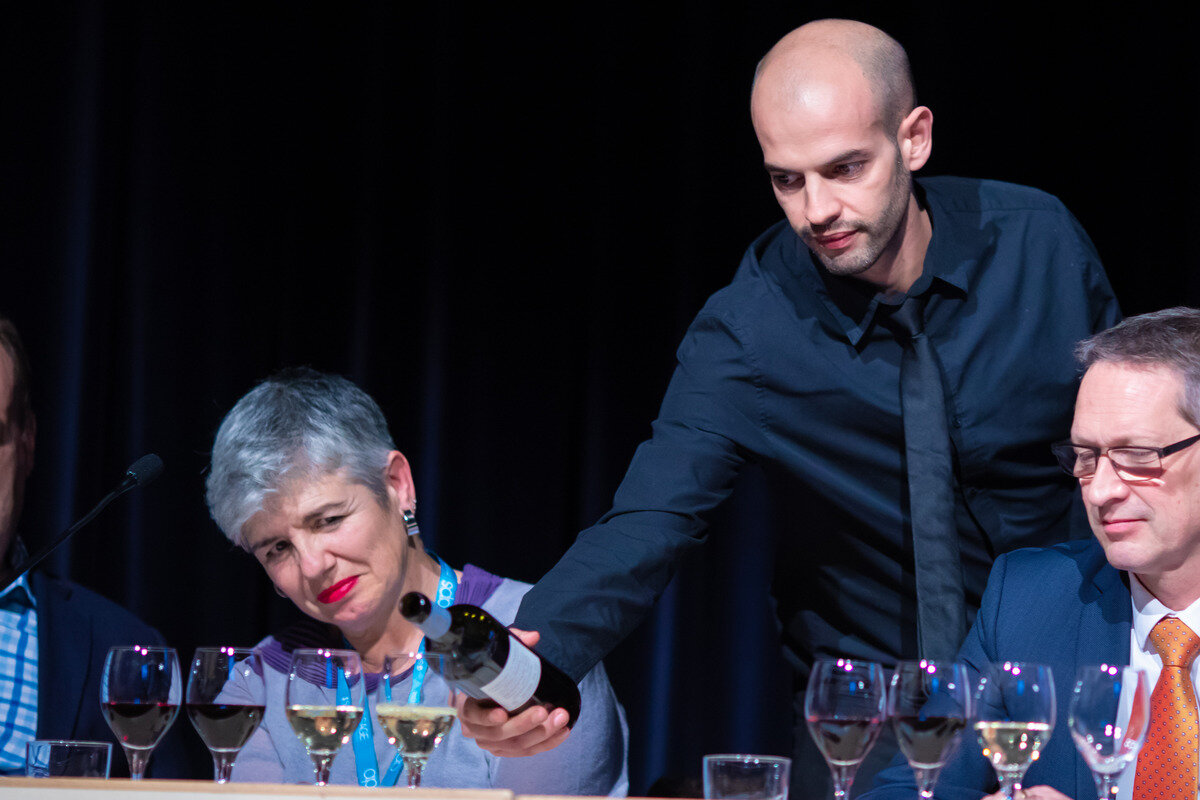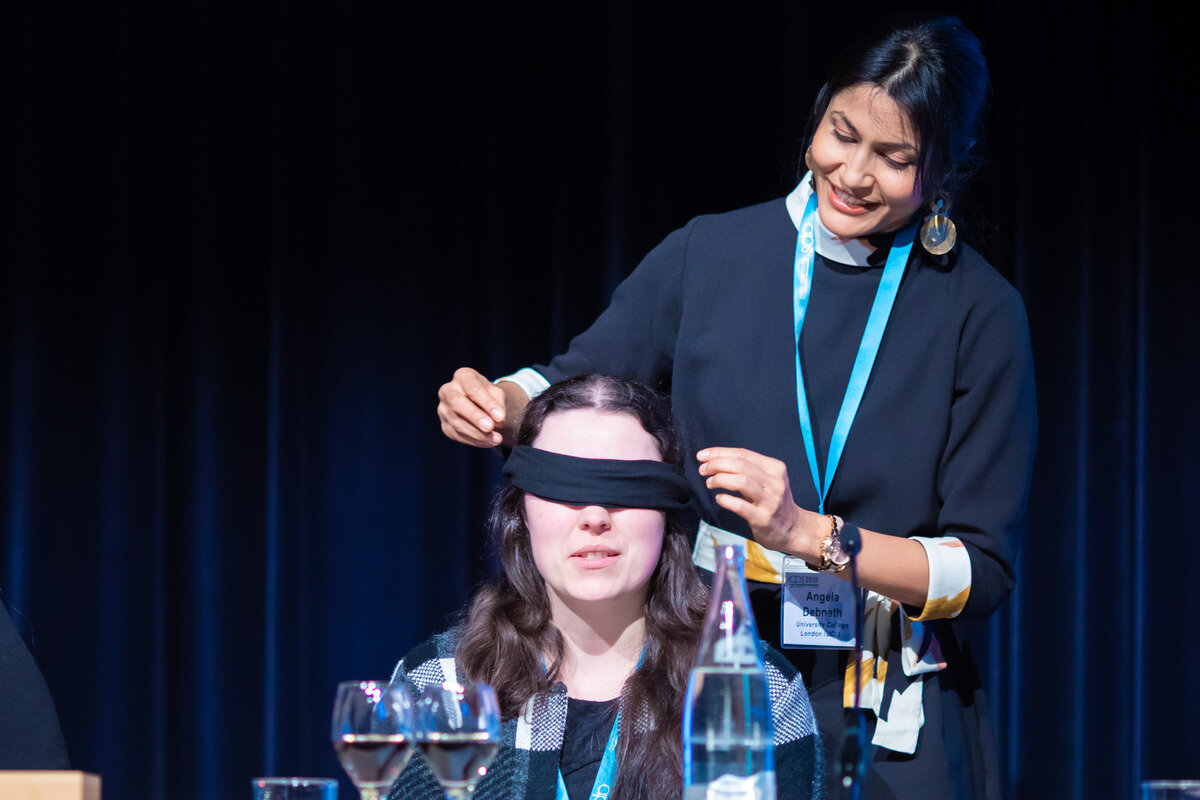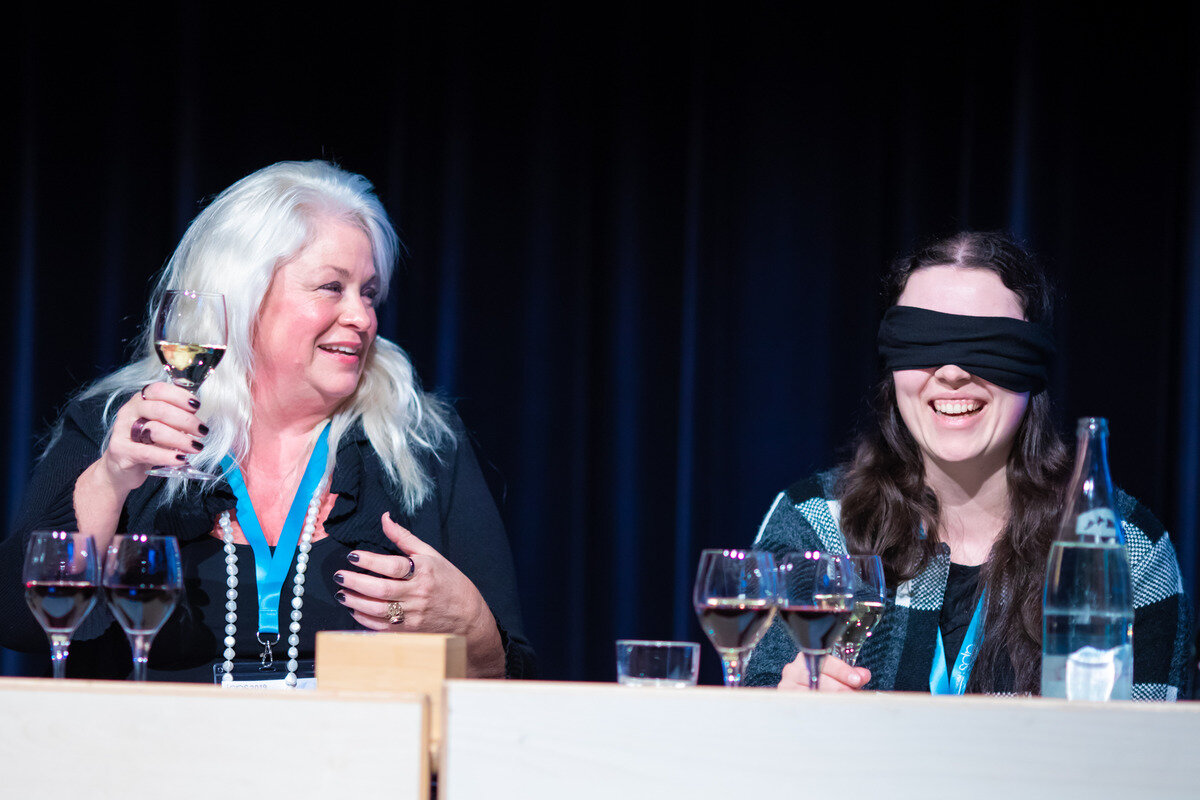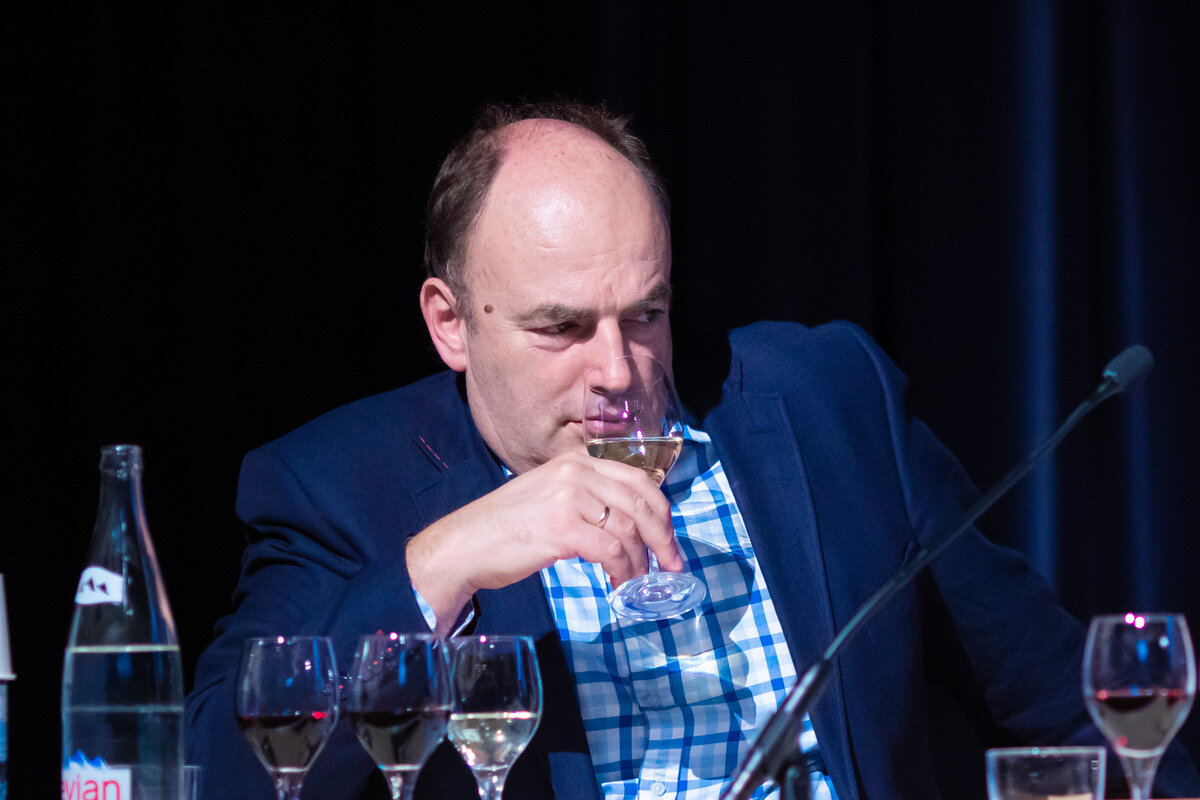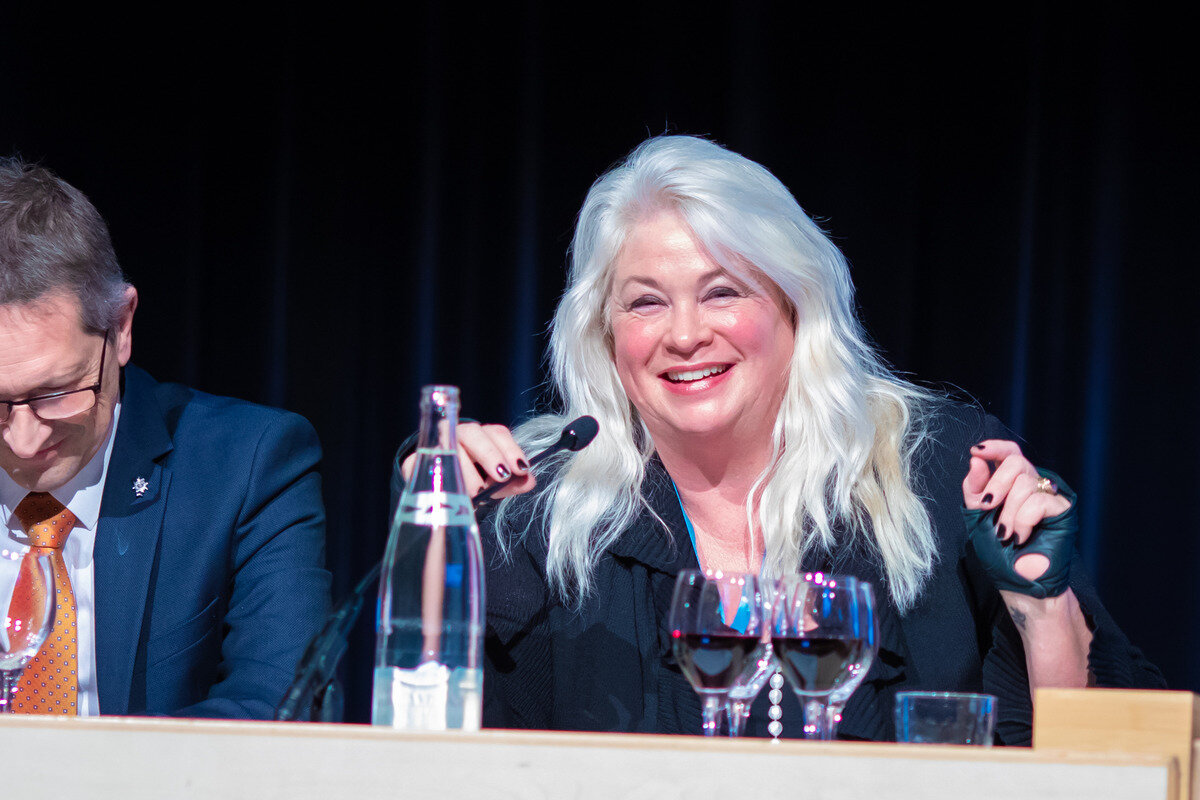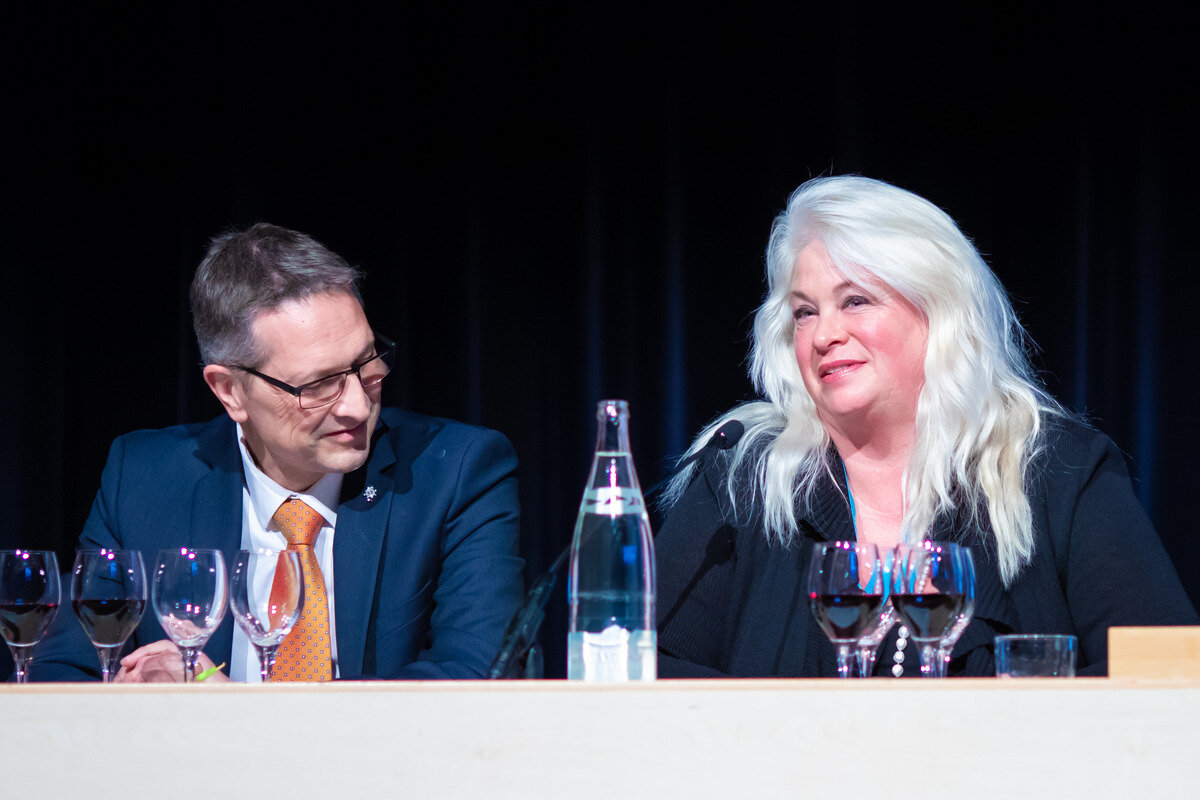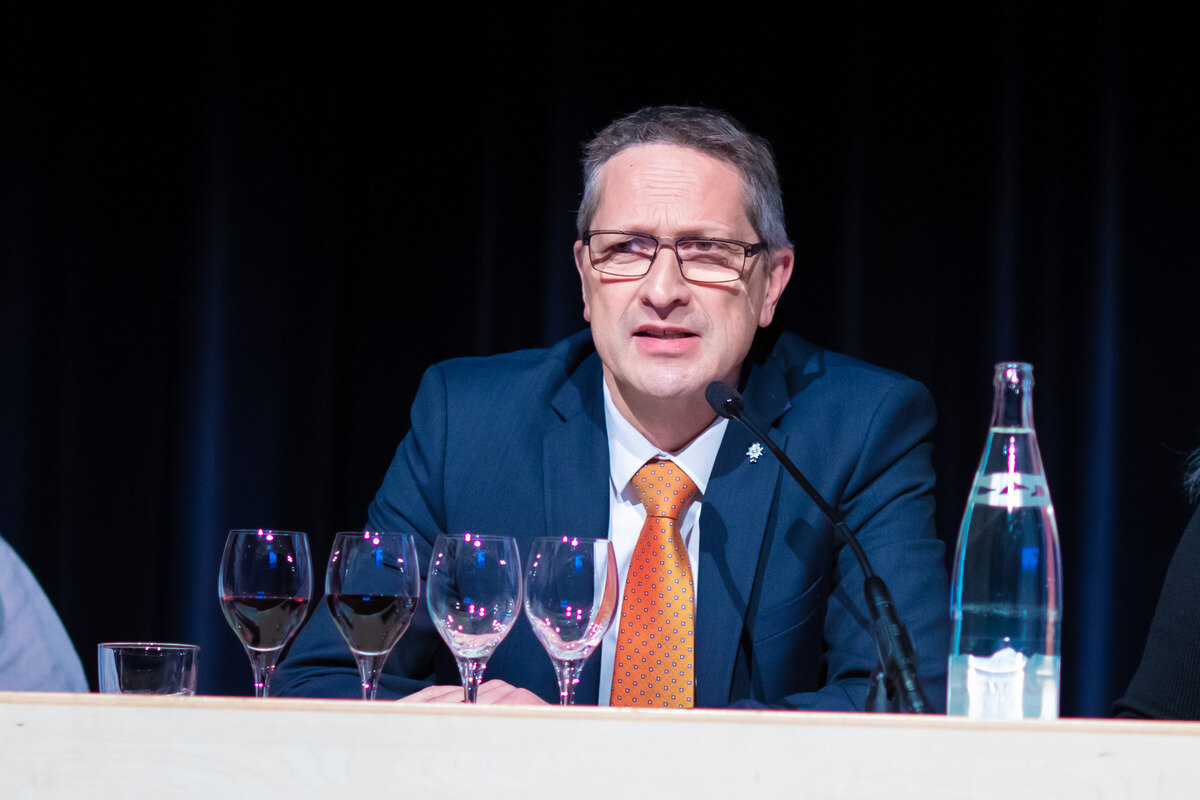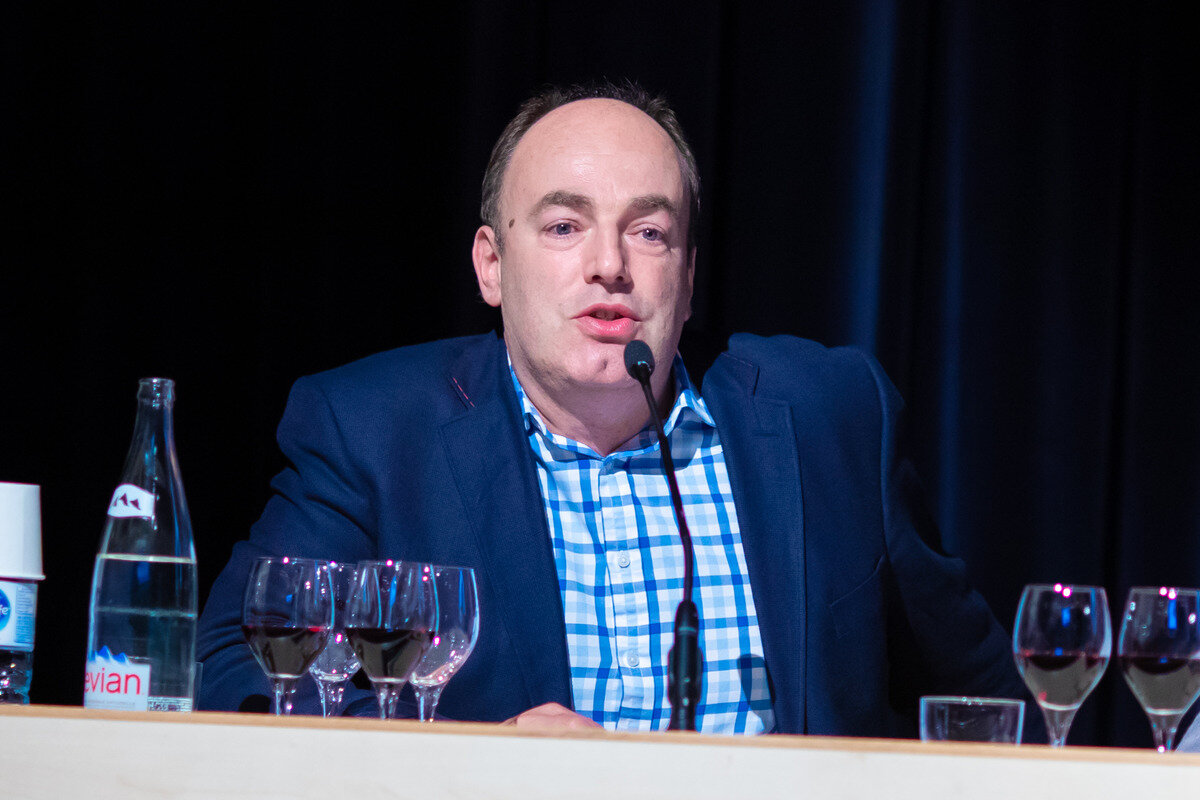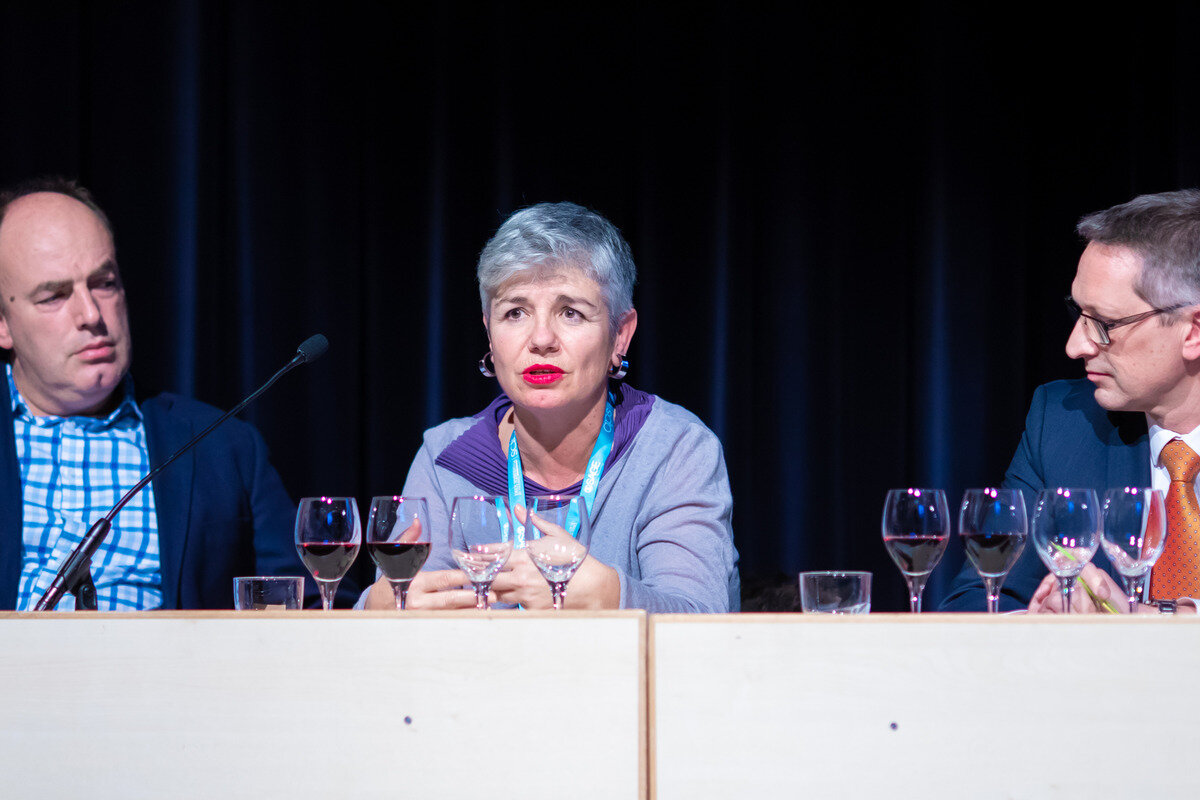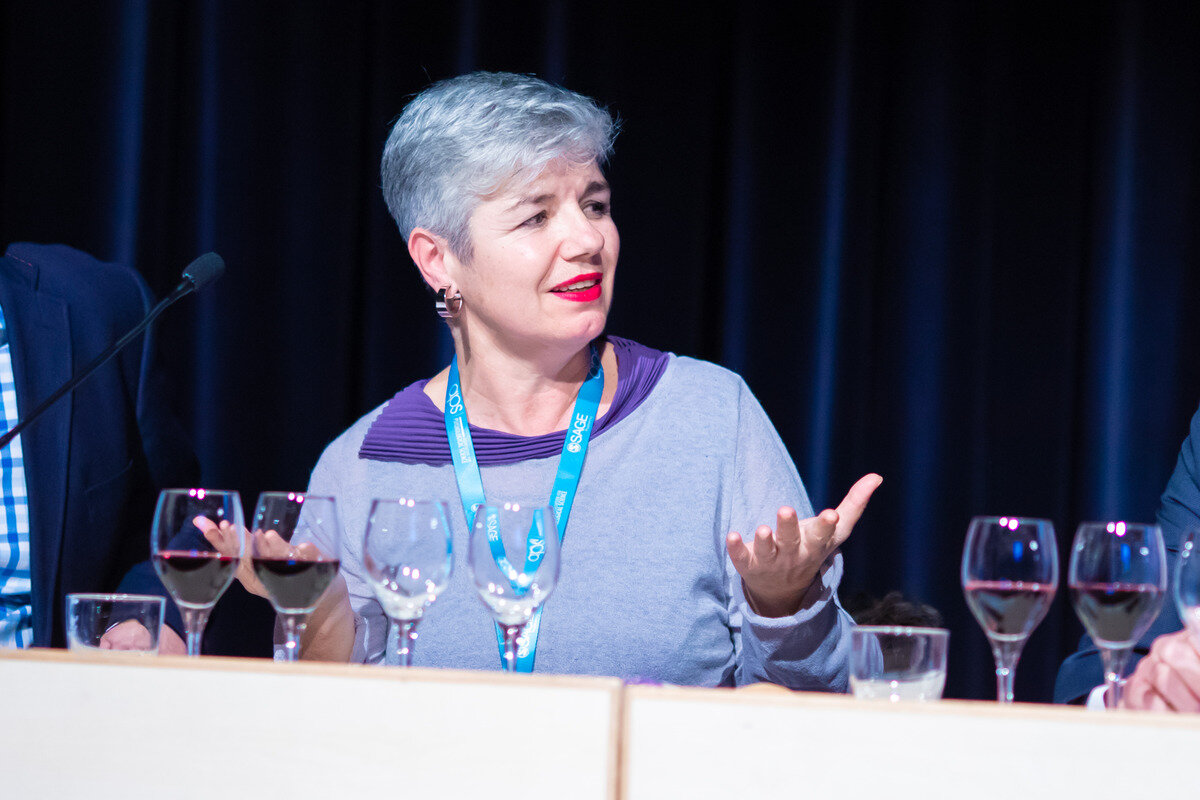A few years ago I was on a trip to the U.S. - not something I do often. I had left Scottsdale, Arizona for Paris, France, as a student in 1989. But the memories of our garden have always remained fresh in my mind. Our sparkling blue pool was framed by vibrant crimson bottlebrush bushes, shimmering silver-dollar trees, and rampant bougainvillea (none of these being indigenous, by the way). There were grapefruit, orange, and lemon trees surrounded by manicured lawns … all kept drenched by a daily flood and spray-sprinkler system from the neighbourhood canal in which we used to catch crayfish and play. It was an oasis of heavenly perfumes and colours. Yet the landscape below me then, as the plane approached Sky Harbour, was shockingly unfamiliar. As we cruised over Camelback Mountain, I handed the flight attendant my pile of empty plastic water and wine bottles, looked out the window and spotted the family home … a patch of dark green in a vast tableau of brownness. In fact, the only green I could detect were the patches of gardens and the larger swathes of golf courses. This time, this trip … the tired topography was ever starker and I felt as though I were looking down upon a different planet.
Headlines scream of water shortages, dried-up aquifers, emptied reservoirs, and drought. Can the Earth really run out of water? It certainly seems as though it can, but, no, it cannot. So does that mean we have nothing to worry about? No.
Water, in all her physical manifestations, will always remain on Earth, as part of Earth’s atmosphere. Whether a cascading waterfall, a tropical rainfall, an Arctic iceberg, or the steam from your tea kettle, her cycle is never-ending and almost perfectly self-contained. Nor do we have to worry about Earth becoming the next Venus: the scientific consensus is that the Earth does not absorb enough sunlight for the same runaway greenhouse scenario.
The problem is that we don’t have enough freshwater available. Further, the freshwater we do have is not where it used to be found. This gives the artificial impression that water shortages are “local” problems, which too easily allows us to say “ah, so then it’s not MY problem”. This is dangerous, for the fact is that any shortage, anywhere, is indicative of something going terribly wrong somewhere within the global water cycle: it is a holistic system and isolated issues are inherently impossible.
For me, it feels like climate change is pushing water from one state into another too quickly … its transformations are in fast-forward. Heat is evaporating it from rivers and melting it from icebergs … its natural rhythms between each of its physical forms are not being allowed to play out in real-time. We are using freshwater faster than the Earth can replenish it. We use too much and we mismanage what we use. We are not working at the Earth’s pace, we are working against it - literally swimming upstream.
70% of the Earth’s surface is water. And 97.5% of that is seawater and unfit for human consumption. So of the some 3% freshwater, only 1.2% can be drunk, the rest is locked in glaciers, ice caps, permafrost, or the ground. And of the little freshwater we have, 70% is used by global agriculture. Most of our drinking water comes from rivers and streams – and we’re not at all doing a good job in keeping that clean and safe, are we?
Ultimately, it is water’s ability to endlessly morph, and to be uncomplainingly used and reused, that is her greatest gift. But this knowledge offers little solace against the great threat of our continued mismanagement and over-use of what is our most essential ingredient to life.




